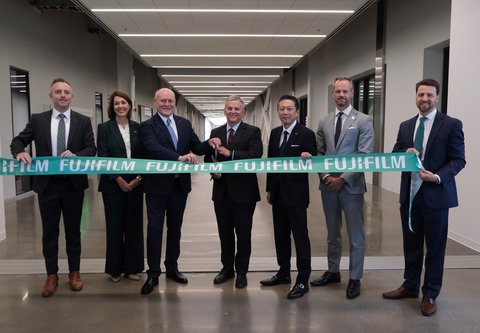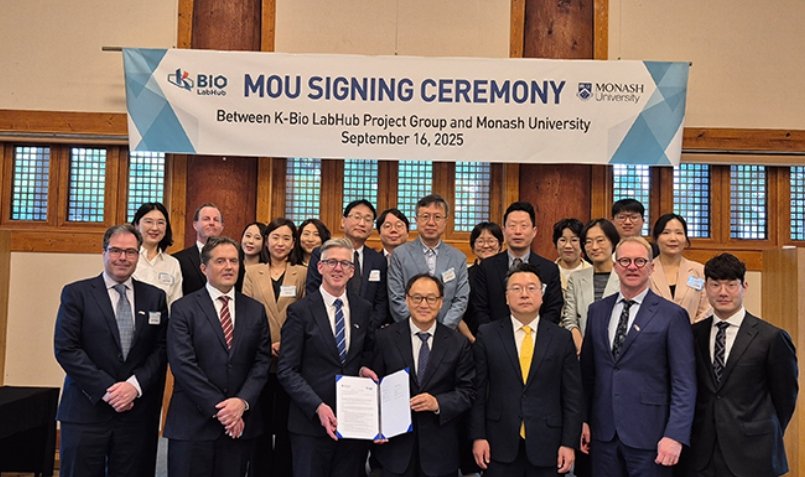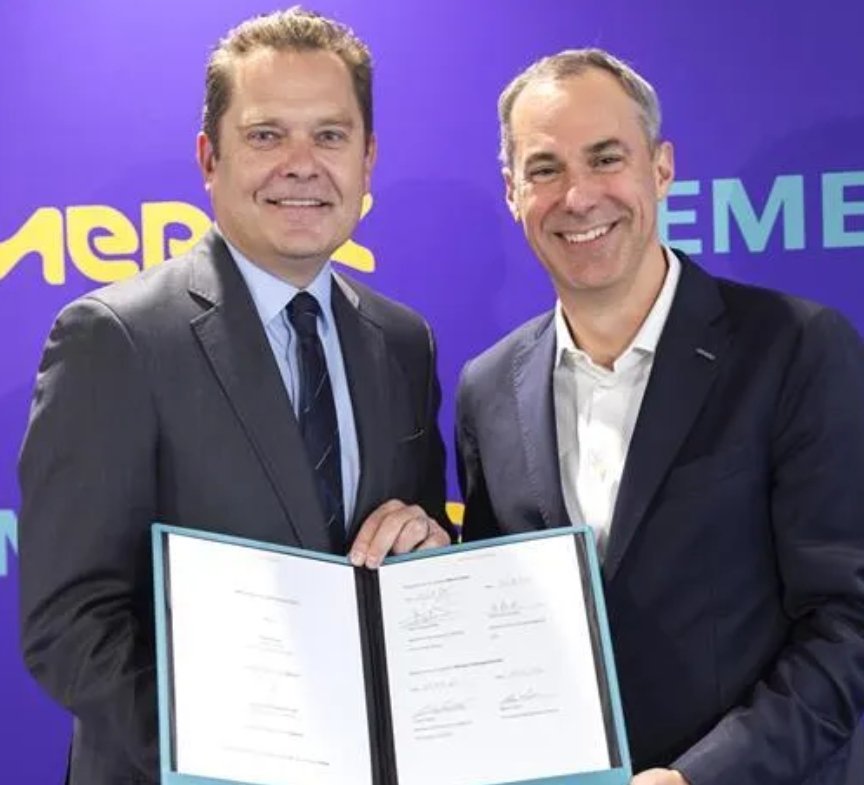
The World Health Organisation (WHO) recently flagged myopia as a global public health issue, estimating annual global costs of productivity losses associated with vision impairment from uncorrected myopia at $244 billion in 2015. This will increase significantly in the future if it is not addressed.
Individuals with high myopia (-5.00 diopters or more) face a greater risk of sight-threatening disorders later in life including glaucoma, cataract, retinal detachment, and myopic macular degeneration, which is an irreversible condition that can cause severe vision impairment or permanent blindness. The risk of visual impairment increases 3.4 times with myopia between 6.00 diopters and 10.00 diopters, and 22 times when above 10.00 diopters.
Myopia in the Asia Pacific
Studies have shown the increased intensity of educational pressures in young children has coincided with the rapid rise in myopia cases in Asian countries in recent decades. In many East Asian countries, myopia is a major public health concern that affects between 80 and 90 per cent of high school graduates, of which about 10 to 20 per cent have sight-threatening pathologic myopia.
The early onset and rapid progression of myopia in Asia has been linked to increased time spent on near work activities and classwork, coupled with limited time spent outdoors; both of which have been exacerbated by the Covid-19 pandemic. According to one Hong Kong study, during the COVID-19 pandemic, the estimated one-year incidence of myopia is 28 per cent, 27 per cent, and 26 per cent for six, seven and eight-year-olds respectively, compared to 17 per cent, 15 per cent, and 15 per cent before the pandemic.
Higher prevalence of myopia tends to occur in high-income countries who place a high priority on academic performance such as South Korea, Singapore, China, and Japan. Elsewhere in East and Southeast Asia the numbers are lower but rising rapidly.
Global Standard of Myopia Management in the Next Five Years
With the publication of the BHVI research paper and the clarion call from WHO, governments are waking up to the fact that if they do not address myopia during childhood, they will be facing an enormous burden to public healthcare systems in future decades. They will have to treat millions of adults with much higher complication rates and more serious eye conditions which could have potentially been avoided had their myopia been managed in childhood.
Other organisations have also called for more coordinated action on myopia. The Asia Optometric Management Academy (AOMA) and Asia Optometric Congress (AOC) recently collaborated to create a single region-wide consensus on myopia management. The standard practice model provides a systematic approach for practitioners to treat myopic patients, using a holistic approach in the myopia management process. The World Council of Optometry has made a similar announcement, and in Australia, a white paper written by the Child Myopia Working Group is also advocating adopting a standard of care.
It is likely that within the next five years, most countries will implement a minimum standard of care requirement for the treatment of children with myopia. This means that regardless of whether or not eye care and healthcare practitioners (ECPs and HCPs) are ready for myopia management, at some stage in the near future, it will be the standard of care. Now is the time for ECPs who have yet to incorporate myopia management into their practice to prepare for this important shift in how the profession manages myopia.
Nipping myopia in the bud
Low levels of myopia may not ring alarm bells for many parents. However, because myopia is a progressive condition, the younger the child is when myopia sets in, the higher the risk of severe sight-related complications later in life, if the myopia is untreated. Even a 1.00 diopter increase in myopia has been associated with a 67 per cent increase in the prevalence of myopic maculopathy. Conversely, slowing myopia by just 1.00 diopter should reduce the individual’s likelihood of myopic maculopathy by 40 per cent.
Several studies suggest that myopia progression can be controlled and slowed with a combination of lifestyle modifications and treatment approaches. A randomised clinical trial of children aged six to 12 years old in Guangzhou, China showed that children who spent additional time outdoors from 40 minutes to an hour each day, had a reduced rate of myopia
In addition to lifestyle modifications, some of the tools and treatments used in the management of myopia include atropine eye drops, spectacles, orthokeratology or ‘ortho-k’ lenses and soft dual-focus contact lenses.
In East Asia especially, children requiring vision correction through contact lenses or spectacles is not a serious concern. Many parents do not realise that myopia, like high blood pressure or diabetes, if left unchecked and untreated can lead to more serious issues later.
The good news is ECPs now have new tools in their artillery to manage myopia, such as myopia management lenses that have been proven to not only provide clear vision but also slow down the progression of the disease. They enable ECPs to address vision impairment issues caused by myopia at a very early stage. Early management reduces the risk of myopia-associated vision impairment and helps retain the eye health of children as they age.
Early intervention is crucial in the control of myopia, and the latest findings from CooperVision’s seven-year clinical trial demonstrate myopia management contact lenses can help slow down the rate of myopia progression. The pivotal MiSight 1 day contact lens clinical trial demonstrated that 12 months following treatment cessation, mean axial elongation data, which is used to measure myopia, showed no evidence of rebound effect; only MiSight 1 day is proven to retain myopia control benefits after treatment has ended. The study is the longest-running soft contact lens study among children for myopia control.
Previously, CooperVision reported that MiSight 1 day cuts myopia progression by half across multiple years of treatment. This was observed in the children that wore MiSight 1 day for the study’s first six years as well as the children who wore the single vision Proclear 1 day lens for the first three years and were subsequently refitted into MiSight 1 day.
Results from the first three years of the same seven-year trial show that in spite of 52 children wearing myopia management contact lenses for a mean number of around 13 hours per day, there were no serious or significant ocular-adverse events.
As myopia management and control is a relatively new concept in many countries, the onus is on ECPs to detect, report, and manage childhood myopia. By increasing awareness of myopia management tools, enlisting the support of ECPs and other healthcare professionals and equipping them with myopia management tools, we hope to help children see well now and as they grow and age.
Hamish Thrum, Senior Director, Myopia Asia Pacific (APAC), CooperVision




